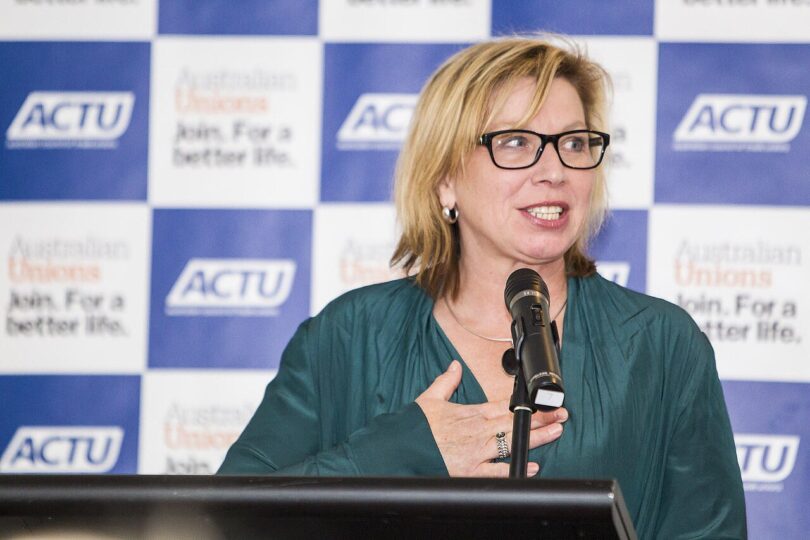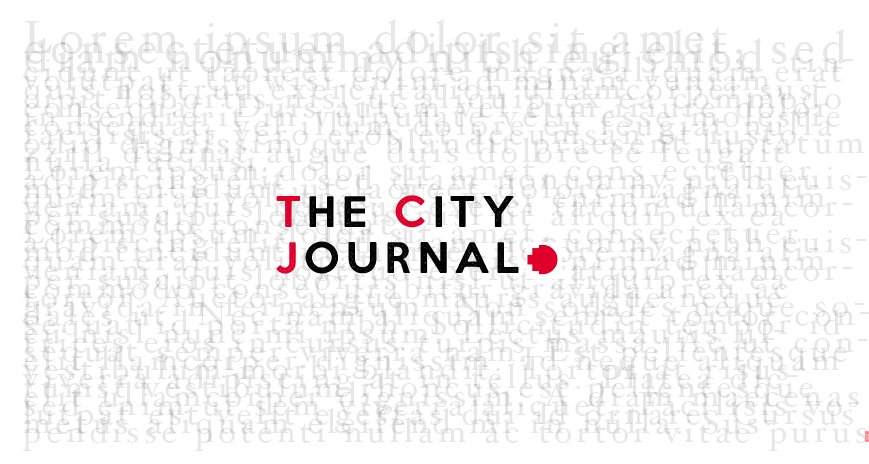
OurWatch has produced guidelines for reporting on violence against women for almost two decades. Does the media actually follow them?
Young woman at 2011 Slutwalk protest, image cropped. Credit: Charlotte Cooper / Flickr. (License: Creative Commons).
Once, in the not-so-distant past, the Australian news media treated family and domestic violence as a private matter. Reporting focused on isolated incidents and failed to offer a link to the broader social issues that underpin these acts of violence.
Today, public awareness has improved. A survey by the Social Research Centre found that in 2021 66% of Australians consider family violence a national emergency. Interestingly, only 19% of respondents believe it is happening in their neighbourhood.
But experts tell us that family violence is a lot more than a questionably chosen stock image of a man with a clenched fist. Traditional gender norms, patriarchal attitudes, and benevolent sexism all contribute to a culture where violence against women is tolerated or minimised (Bouffard, 2010; Viki & Abrams, 2002). Family violence covers a suite of behaviours designed to instil fear, it can include emotional abuse, surveillance, threats, and coercive control.
Journalists can do more to shed light on the suite of attitudes in Australian culture that lead to perpetrators inflicting family violence.
The “Rosie Batty effect”: Media coverage of family violence
Reporting started to change in 2014, when, following the murder of her son by her ex, Rosie Batty faced the Australian media. The day after her son was killed, Batty was already talking about how family violence can happen to “anyone anywhere, no matter who you are or how nice your house is. “

Rosie Batty at the 2015 ACTU Congress. Photo credit: ACTU Jorge de Araujo /wikimedia. (Licensed under CC BY-SA 4.0).
In the two years after Luke’s death, Batty transformed her position from that of a victim survivor to a reputable source quoted when covering not only the inquest into her son’s murder but the issue of family violence more broadly.

In 2018 researchers Clifford Hawley and Claire Konkes published research into media coverage of the 20 months following Luke’s death, looking at over 250 news reports and radio broadcasts. They found family violence was the most commonly used term in articles between February – March 2014.
The researchers found that by January 2015, the term “domestic violence” overtakes family violence in news reporting, with an overall increase in the term “violence against women”. By using gender neutral terms, Rosie Batty shifted the national focus away from the victim, and towards the perpetrator. A cultural problem and a national crisis overtook the former notions of family violence as a private matter.
To quote writer Helen Garner, Rosie Batty had ‘‘the authority of the brutally bereaved’’ and prevailed against the media cycle to bring family violence into the national spotlight.
By September 2015, then Prime Minister Tony Abbott announced federal government funding to support women, known as the ‘Women’s Safety Package to Stop the Violence’.
”By zooming out from the details of individual acts of violence, we can join the dots and recognise the culture of gender-based violence in which we live… If gender inequality is how violence starts, equality is how it stops.”
– Rosie Batty
Reporting on family violence in Aboriginal and Torres Strait Islander communities
Reporting violence experienced by Aboriginal and Torres Strait Islander women is a vital journalistic job. Yet inexperience, timidity and legitimate sensitivity to cultural and social concerns are believed to be inhibiting many reporters.

Mark Roy (www.flickr.com/photos/electricnerve/2262136976/in/photoli…), Licensed under the Creative Commons Attribution 2.0 Generic | Flickr
As Media Watch reported in 2024, many Aboriginal and Torres Strait islander women who are killed by their partners do not attract the same media attention or national coverage and slip under the radar.
The deaths of Kumanjayi Haywood, Ngeygo Ragurrk, Miss Yunupiŋu and Kumarn Rubuntja in the NT due to family violence attracted media coverage. As Aboriginal and Torres Strait Islander women up to 31 times more likely to be hospitalised due to family violence, and many more cases go unreported.
One reason for this may be a sense of general confusion from reporters over whether to name and show photos of deceased Aboriginal and Torres Stait islander women. Bereavement practices may vary in different communities and regions. The most reliable source for advice on local practice and how to refer to the deceased person is the family or the relevant Indigenous community elder.
Guidance has been provided to journalists not to assume that all perpetrators of violence against Aboriginal and Torres Strait Islander women are Aboriginal and Torres Strait Islander men. Often, the perpetrators are non-Indigenous.
Our Watch, an Australia organisations responsible for leading prevention of violence against women, has published some useful tips when reporting on Aboriginal and Torres Strait islander family violence to help journalists. They can be found here.
Media Coverage of Hannah Clarke’s murder: Six years on from Luke’s tragedy
In 2020, Hannah Clarke and her three children were murdered by her estranged husband in Brisbane. In the months prior, Hannah had contacted police multiple times for help.
Some coverage in the aftermath of the murders fell below the best practice guidelines. A press conference held by Queensland Police resulted in backlash when Detective Inspector Mark Thompson speculated the perpetrator may have been “driven too far”. The example highlights the importance of seeking comments from verified experts such as academics, rather than the police alone in order to promote best practice journalism.
While initial media responses varied, some outlets showed progress. The Courier Mail ran a bold front page: “There are no excuses.” It listed crisis helplines and condemned domestic violence—aligning with Our Watch’s advice.
An example of best practice is a 2024 podcast Hannah’s Story by Channel 9’s Melissa Downs. The pod won a Walkley Award for best practice reporting of family violence, as commercial media responds to calls for contextual reporting. The podcast provided listeners with an in-depth understanding of coercive control.
A Fox Sports headline caused a stir on X/Twitter as it failed to highlight the perpetrator’s responsibility.

What can journalists do?
So, how should journalists cover this national crisis? There is a lot more to it than a stock image search for “police line – do not cross” and rewording a police media press release.
Our Watch encourages journalists to carefully consider their framing. Our Watch provides a clear framework for reporting family and domestic violence, encouraging journalists to:
- Prioritise safety.
- Name the violence.
- Keep the perpetrator in view.
- Be respectful.
- Reflect on the evidence.
- Use appropriate imagery.
- Quote experts.
- Include support services.
While intimate partner homicides are often covered, non-fatal instances of family violence and coercive control usually is not — unless it involves public figures. As Anne Summers wrote in The Age in 2016, “Even police are sometimes sceptical of DV claims unless there is blood or broken bones.”
If you or someone you know is affected by sexual assault or harassment, family or domestic violence, call 1800RESPECT on 1800 737 732. In an emergency, call 000.
Men who are concerned about their own attitudes and behaviours can contact the Men’s Referral Service on 1300 766 491.
For Aboriginal and Torres Strait Islander people in crisis, 13YARN offers 24/7 confidential one-on-one yarning. Call 13 92 76.



